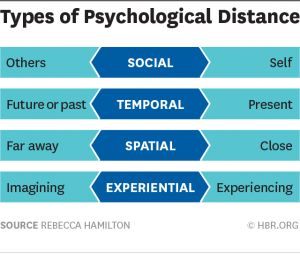When the first nationally recognized Labor Day was celebrated in 1894, the day consisted of a street parade sending up a message of “the strength and esprit de corps of the trade and labor organizations” (in the words of the AFL). We have come a long way since then. Today most employers focus on offering opportunities and benefits to attract and retain talent; as a result, the need for unions has diminished and few remain.
Yet we still celebrate the day as a national holiday. Perhaps it is simply tradition or the acknowledgment of the end of summer. Or a reminder to celebrate how far we have come as a nation of leaders and followers, where two-way communication has become much more the norm than workplace “negotiations”.
So, as you enjoy your family barbecues, or however you celebrate the day, I encourage you to pause and ask yourself:
- As a leader, what can I do tomorrow to let each member of my team know they are valued and are essential to our success?
- As a follower, what I can do tomorrow to add additional value to the success of our company.
Let’s work together. You can learn more about my leadership coaching and peer advisory boards here.

 The initial results of my Pivot are excellent. I feel I have much greater clarity regarding the next 3-5 years..
The initial results of my Pivot are excellent. I feel I have much greater clarity regarding the next 3-5 years..  John Yerger
John Yerger